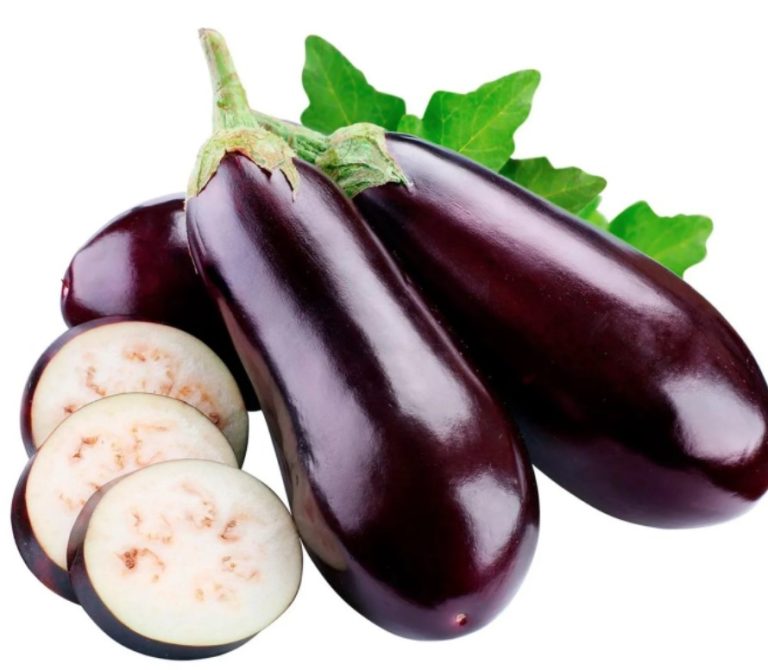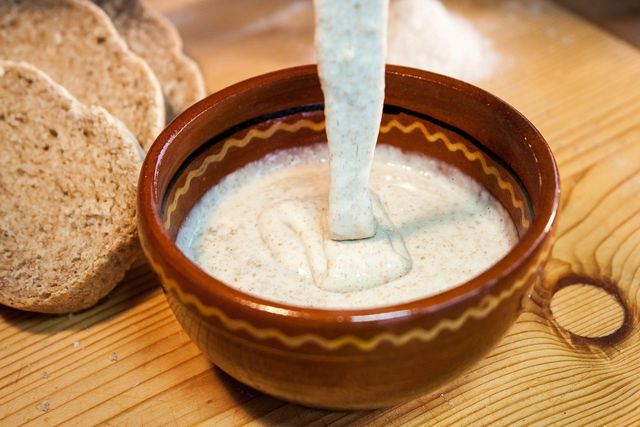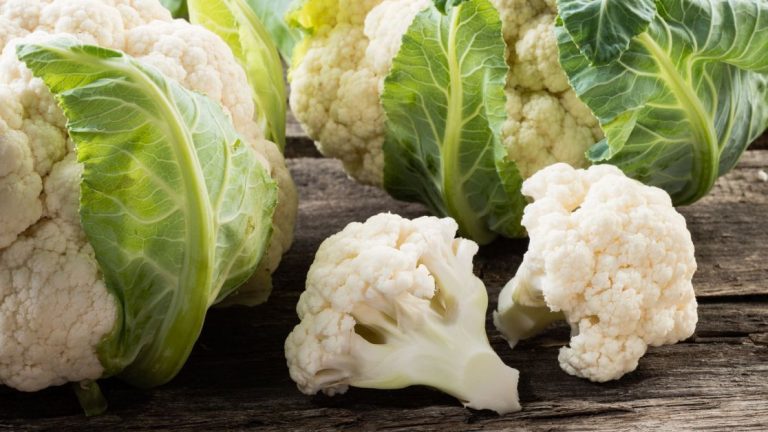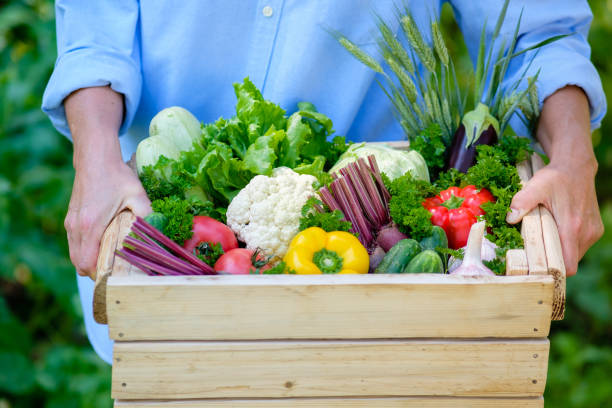If you want to store eggplants, you should consider a few things. In this article you will find out how to recognize fresh aubergines and at what temperature you should store them.
Although aubergines are warm-loving vegetables, they can only be stored for a limited time at room temperature. We explain how to store aubergines correctly and what you should pay attention to.
Aubergines belong to the nightshade family and originally come from India. Also known as eggplant, this vegetable is very common in Mediterranean cuisine. Aubergines come in many different colors and shapes, with the dark purple version being the most well-known in this country.
If possible, use organic aubergines for cooking: They are free of chemical-synthetic pesticides and come from more sustainable agriculture. If you get the aubergines from regional cultivation, you also avoid long, energy-intensive transport routes.
Aubergines are in season in Germany between August and October. You can get unpackaged organic aubergines at farmers’ markets, directly from farmers or in organic boxes.
Storing aubergines: You should pay attention to this
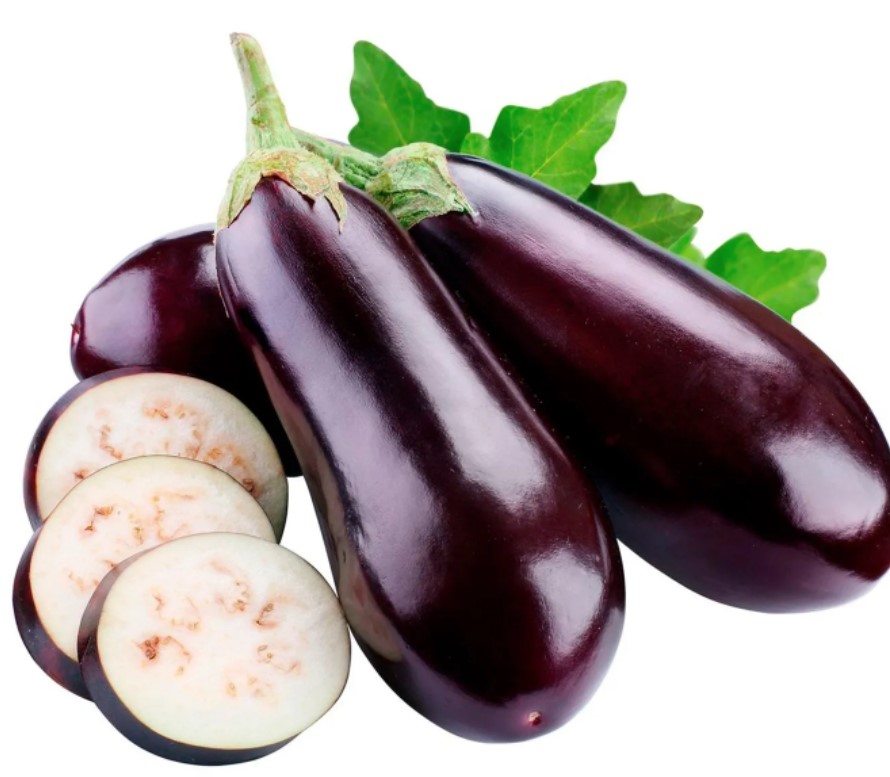
When you buy eggplants, you should pay attention to the quality and degree of ripeness. A ripe eggplant has a shiny skin and is firm. If you press gently, it gives slightly. If the aubergine doesn’t yield to pressure, it’s unripe and tasteless. On the other hand, if it is too soft, it will soon spoil. Aubergines taste best when you prepare them fresh. However, you should not eat eggplants raw.
How to store aubergines correctly:
Store eggplants in a dark, cool place in the pantry or basement. Temperatures between ten and 13 degrees Celsius are well suited. Properly stored aubergines stay fresh for around three to four days.
The fridge is actually too cold for aubergines. If you don’t have a pantry or basement, you can still store the eggplants in the crisper of the refrigerator, which is better than storing them at room temperature. It is best to wrap the eggplants in paper to absorb excess moisture. Alternatively, you can place them loosely in the crisper in your fridge. Aubergines stored in the refrigerator quickly become stained and soft. You should process them within a day or two.
Eggplants stored at room temperature are best prepared on the same day or the next day at the latest.
Don’t store eggplants near apples or tomatoes. The escaping ethylene allows the aubergines to ripen more quickly.
Store sliced aubergines
You can store cut aubergines in the fridge until the next day before they spoil.
Place the sliced eggplant in a sealable container.
Keep the container in the fridge and use the leftover eggplant quickly.
Then remove the dried part of the eggplant and wash the fruit thoroughly again.
Aubergine slices turn brown in the air within a short time. It is therefore better to overcook them immediately and not to keep them raw. You can store cooked aubergine dishes in the refrigerator for two to three days.
Store eggplants in the freezer

To store eggplants for a particularly long time, you should freeze them. Eggplants can be frozen for up to nine months.
Wash the eggplants thoroughly.
Cut the vegetables into cubes.
Blanch the eggplant pieces for three minutes.
Immediately cool the vegetables in ice water.
Drain the aubergine pieces well in a hair strainer. Alternatively, you can pat them dry with a tea towel.
Place the blanched cubes in a freezer container. You can also freeze aubergines in jars.
Label the freezer container so you can remember what’s inside later.
Also write the date. This will help you keep track of your freezer.
Frozen aubergines are particularly good for soups, sauces and spreads.

